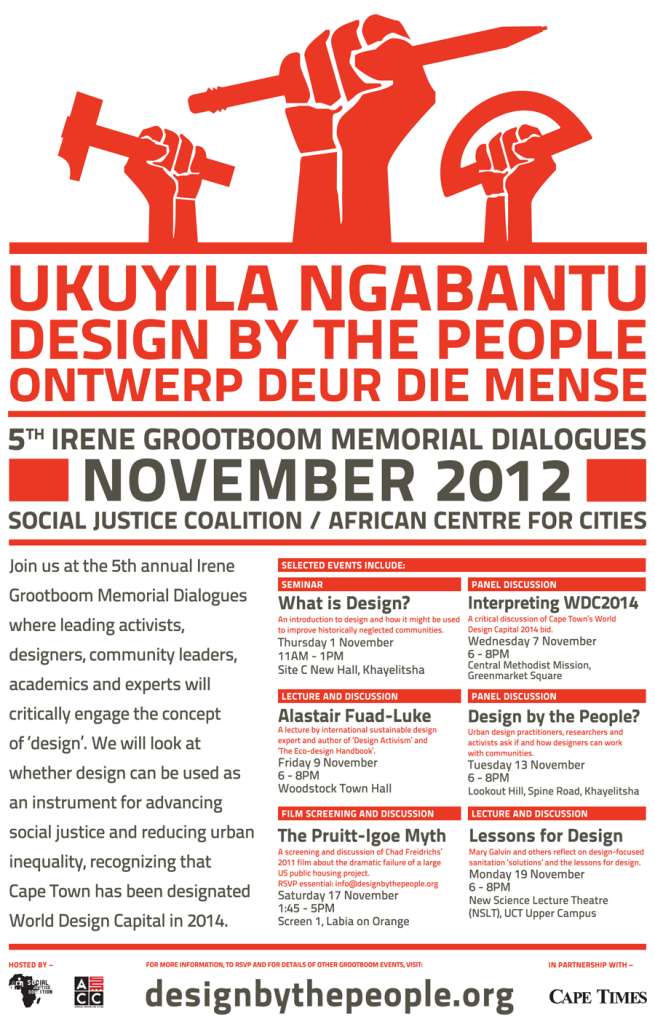I’m at the Max-Planck Institute in Gottingen, who fund my postdoc position, using their excellent little library. Looking for books on objects and object studies, I find the book ‘Things that Talk – Object lessons from art and science’, edited by Lorraine Daston (Zone Books, 2004). In the introduction, Daston refers to ‘things, those nodes at which matter and meaning intersect’ (p.16), which is rather a nice way of describing my interest in objects as both functional and communicative. I’ve also read the whole of Kingsley Amis’ 1950s novel ‘Lucky Jim’ over the past few days while travelling, which I think is affecting my writing style (rather).
I’m also interested in her description of things used as evidence – in relation to an idea I’ve been trying to capture about the apparently self-evident truth (or ‘truthiness‘ perhaps) of objects; the way a designed object seems to act in itself as a powerful argument to onlookers, an ‘object argument’ which appears stronger than a proposal or concept. The fact of its materiality and function (thinking here of the realm of design for social impact especially) seems to persuade audiences of its value. Here Dalston writes about objects as evidence (p.12 – 13):
Historically, things have been said to talk for themselves in two ways, which, from an epistemological point of view, are diametrically opposed to one another. One the one hand, there are idols: false gods made of gold or bronze or stone that make portentous pronouncements to the devout who consult them… On the other hand, there is self-evidence: res ipsa loquitur, the thing speaks for itself. It does so in mathematics, law and religion… within Christianity, miracles were almost always worked in things, be it the body of a cripple suddenly made whole or the water turned to wine at the wedding feast, and constituted an immediate and irrefragable token of God’s will. In all these cases, the talking thing spoke the truth, the purest, most indubitable truth conceivable. The chief reason why the truth was so pure was that it had been uttered by things themselves, without the distorting filter of human interpretation.
